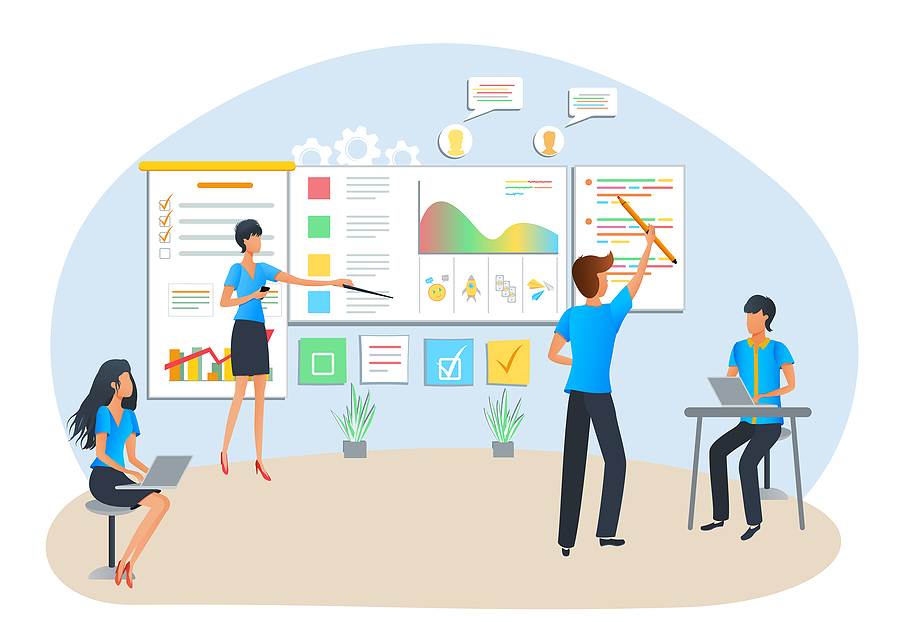
Agile project management was envisioned initially to improve software development to combat the inability of traditional methods to tackle modern market dynamics and the enormous leaps that the technology was starting to take. Launched in 2001, Agile was developed as a step-by-step approach to software delivery. As A Replacement To put all the parts together for single final product delivery, Agile project management encourages iterative progress. Projects are divided into "user stories"—small articles of user functionality, prioritized and delivered in short cycles known as iterations.
It's Not Software
However, can you use agile project management for non-software projects?
Agile project management is a type of project management that commonly refers to building high-quality software continuously. Though Agile is almost always linked with technical projects involving computer software, the core methodologies can be applied to nearly any task you need to plan. The principles of Agile are more suited to jobs that result in tangible deliverables rather than services. However, since Agile uses an iterative and incremental methodology for product development, you can organize any project to be more flexible and adaptive to changes.
High-Quality Outcome In The Quickest Time Frame Possible
Applying Agile project management strategies to non-software projects focus on the fact that most of us in the working world don't like to discuss: Most projects have an underlying element of risk involved. The best way to navigate risk and combat potential failure is to be open to advancement in the project development process. By promoting individual accountability and interaction, encouraging collaboration, and encouraging repetition and review, Agile project management offers an adaptive framework for non-software project development. When you plan a project, odds are you want to do so in a way that helps you provide a high-quality result in the quickest time frame possible, all while being flexible with requirements and deliverables.
Agile project management consists of seven fundamental components:
- Project requirements
- Project owner
- Project planning
- Execution and iteration
- Releases
- Feedback
- Retrospective
Not only is Agile a fantastic way to manage non-software projects, but it's also a way to collaborate on projects. At Times planning projects or events can be solitary work. Agile allows for more cooperation with all of the moving parts to constantly be collaborating and using the knowledge of others to execute your projects better.
An essential element of Agile projects is cooperation among team members on an enduring basis, not just in the requirements gathering phase of a project. For non-software projects, the input of various experts working together toward a common goal is just as crucial to guaranteeing positive project development. By allowing team members to comment in real-time, Agile-inspired workflows promote creativity and help a project evolve positively.
The key is viewing Agile as a mindset rather than a set of guidelines.
Simply jumping on the bandwagon called Agile and adopting everything at once can be counterproductive. Adopting Agile in a non-software environment takes both time and proper planning. That way, you can ensure that you benefit from Agile practices rather than hinder your business operations.
At Bydrec, We specialize in the Agile Scrum framework, which involves breaking down tasks into goals to be accomplished within timeboxed iterations. With the Agile methodology, we are always ready to implement changes based on what a client needs. Give us a call today at (866) 219-7733.


